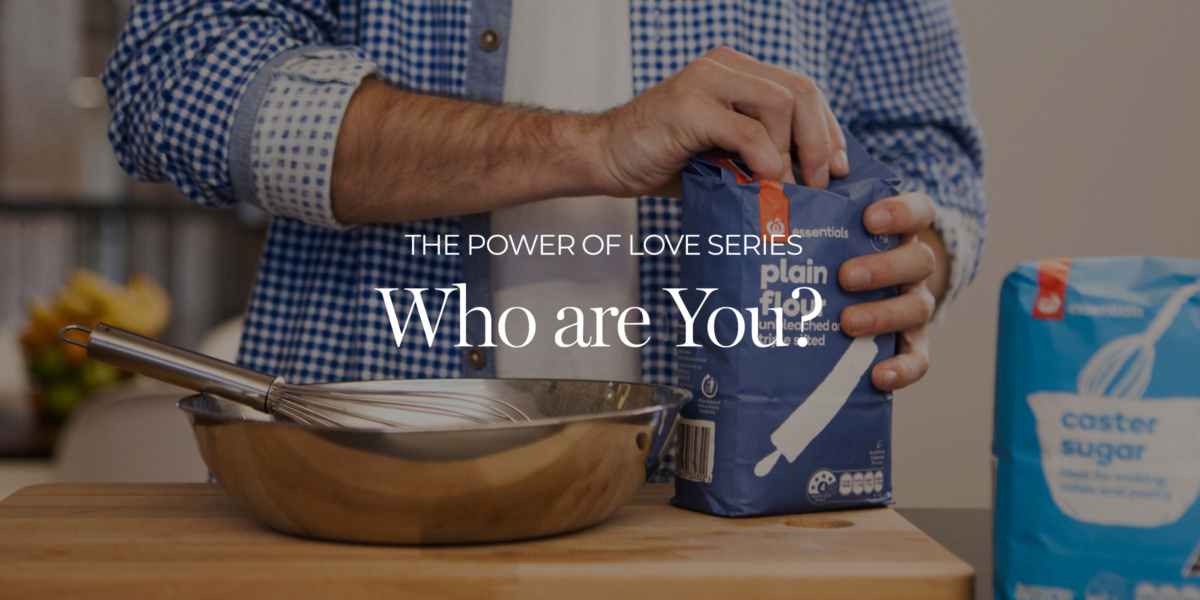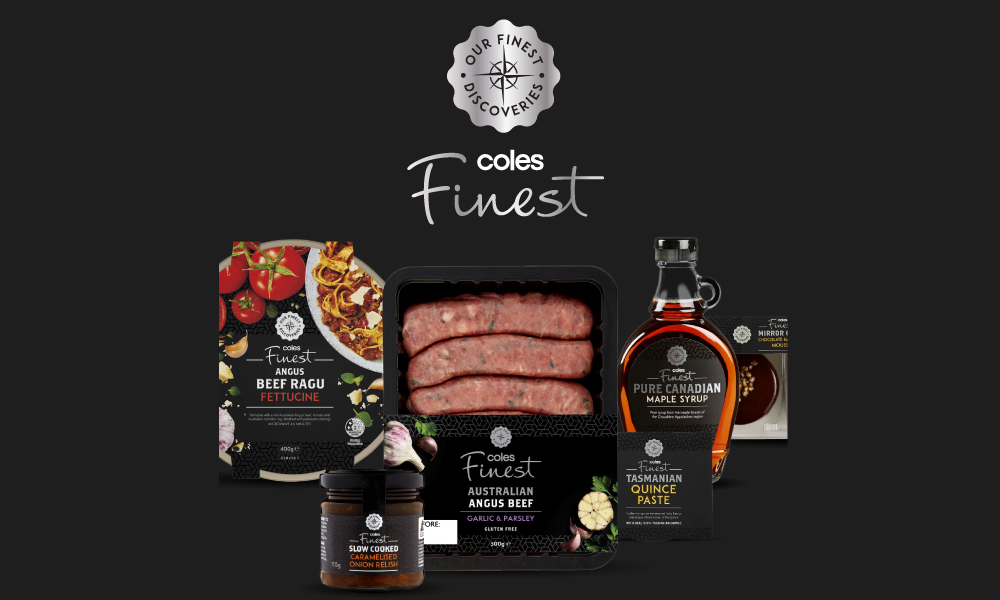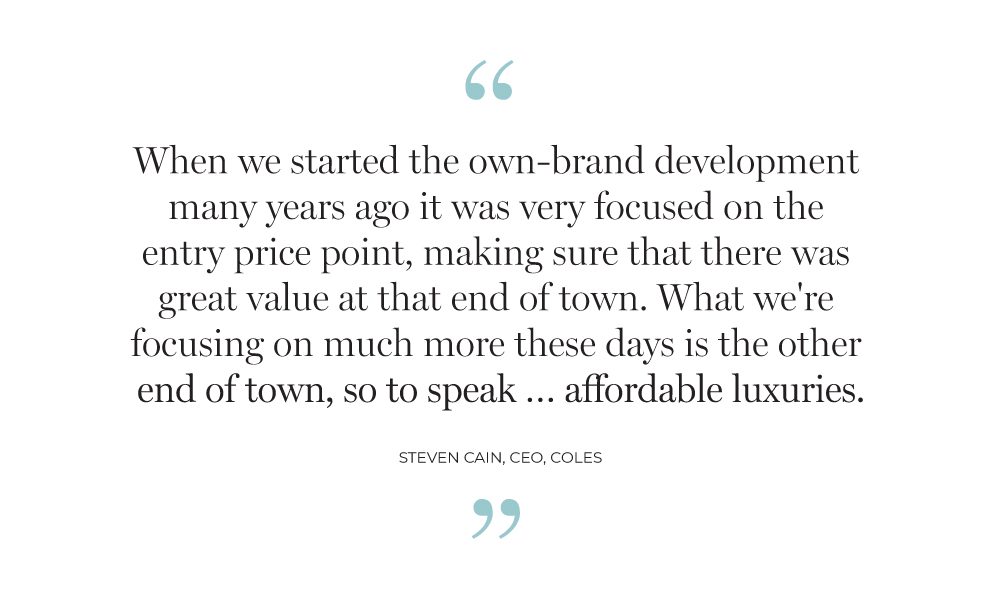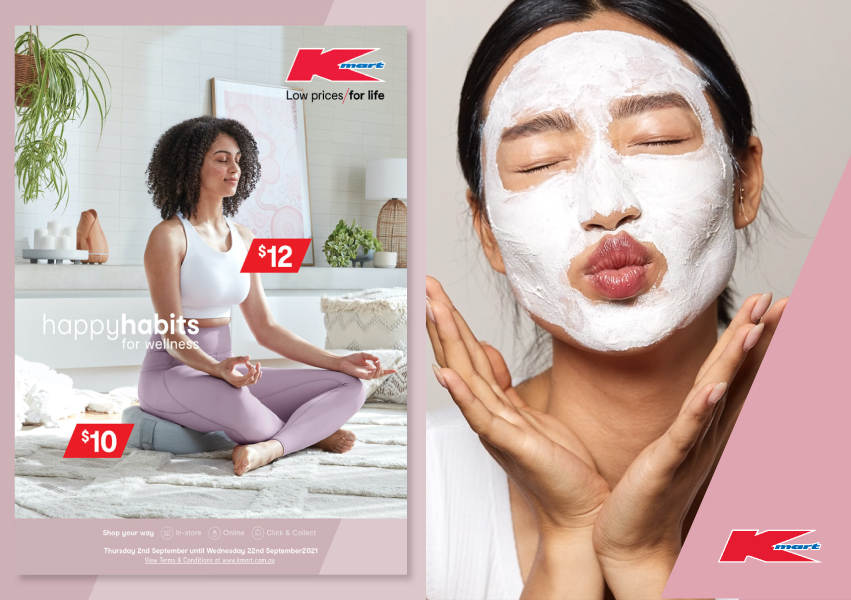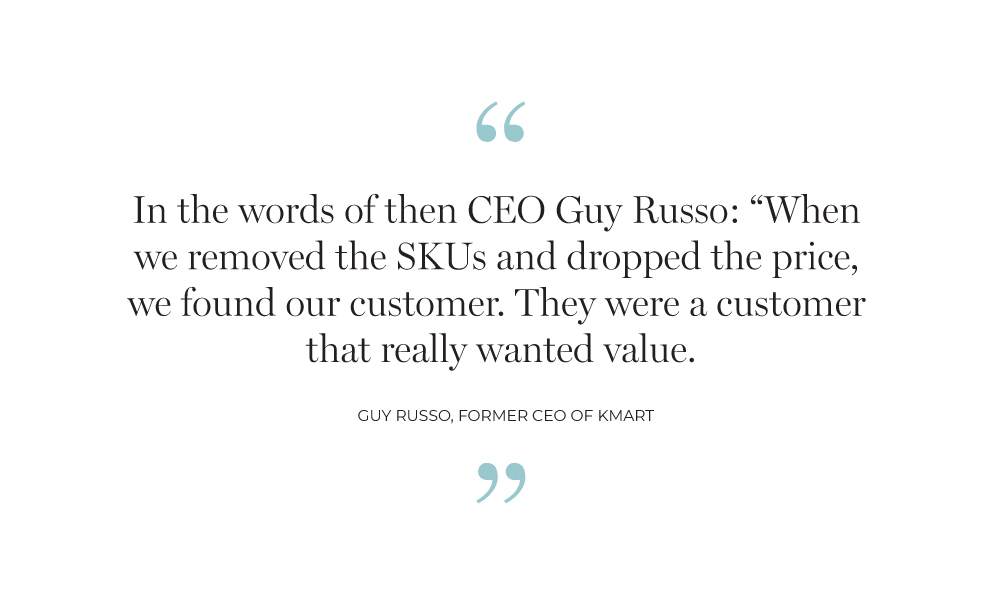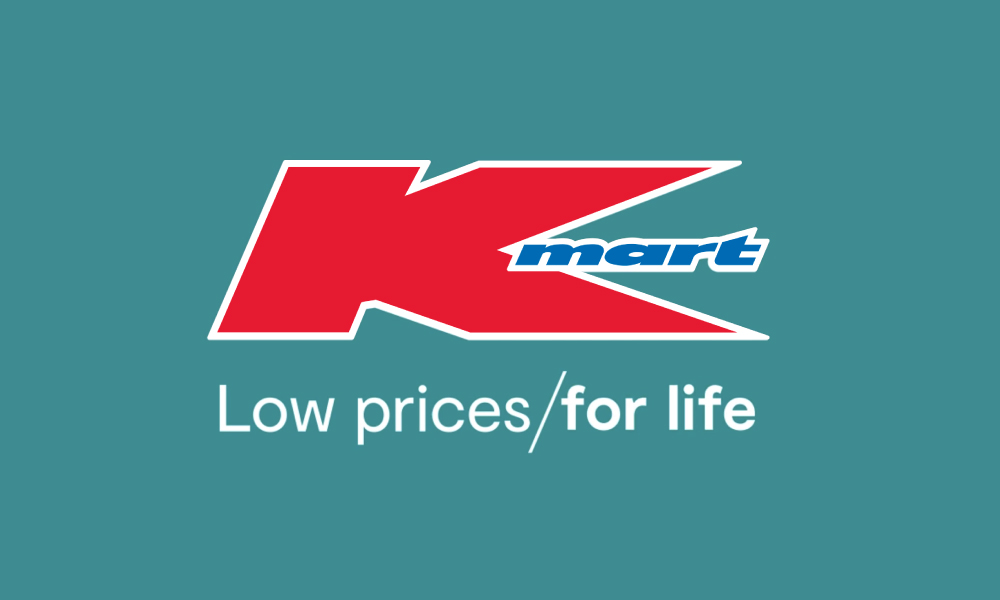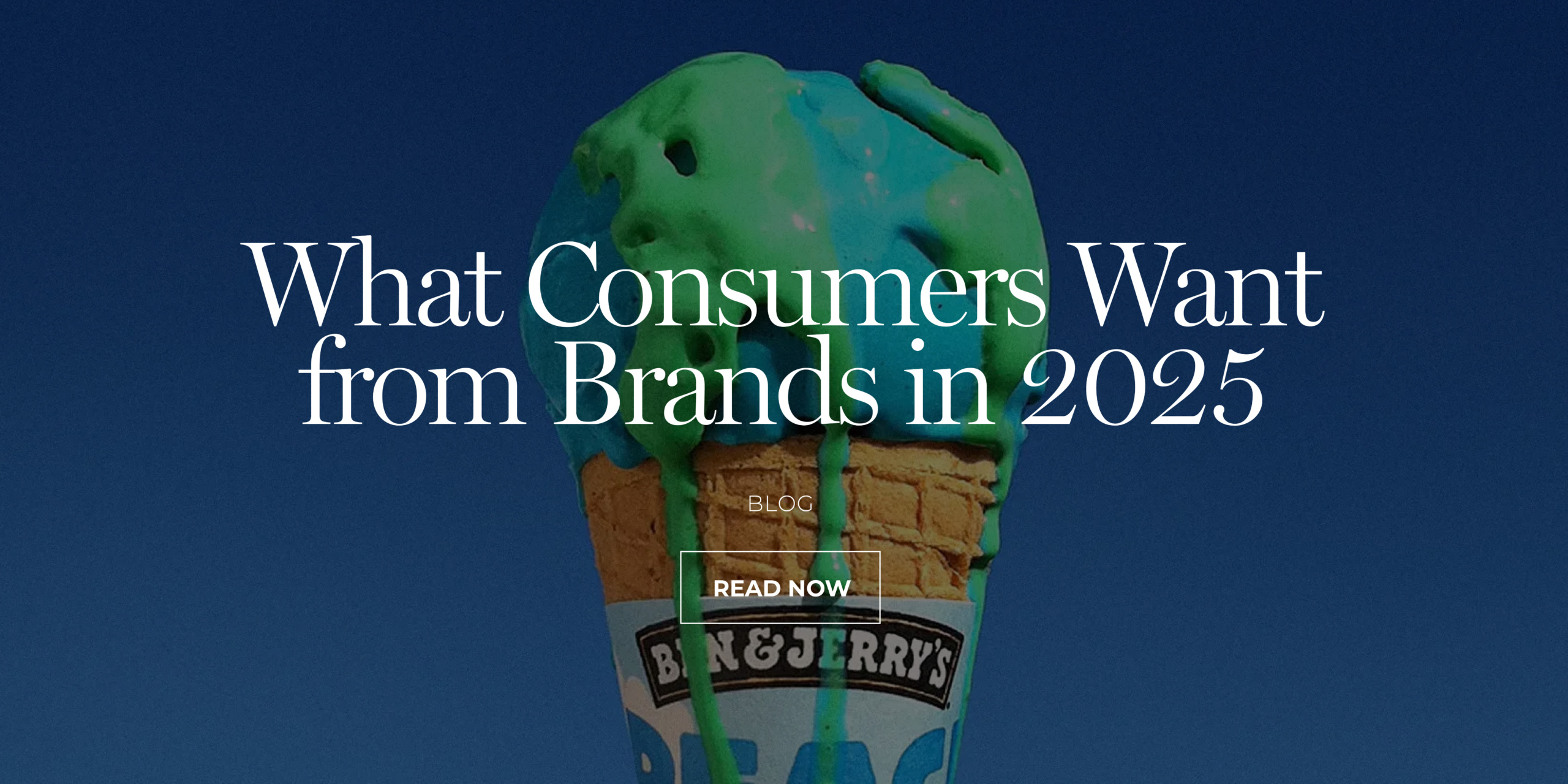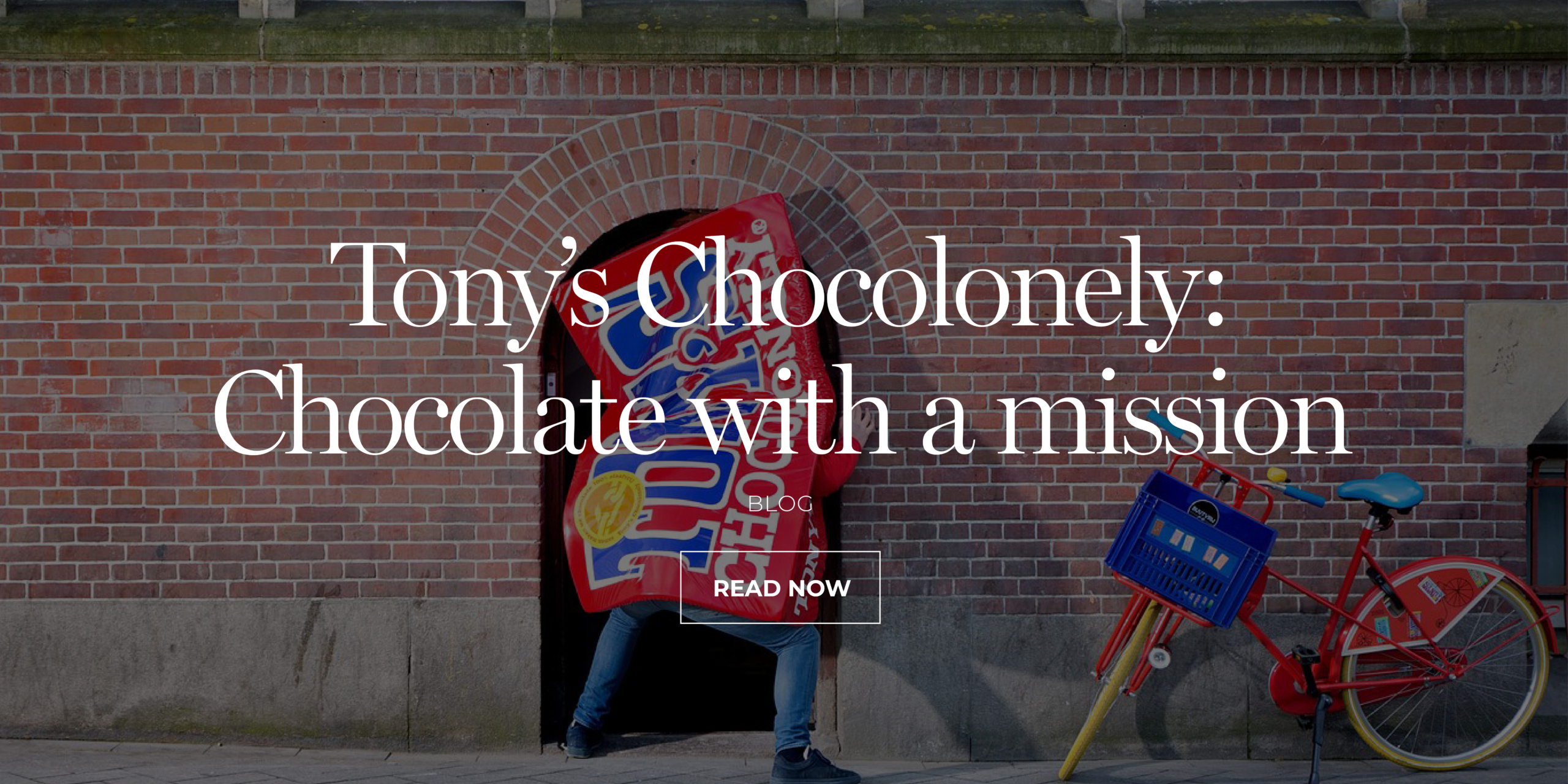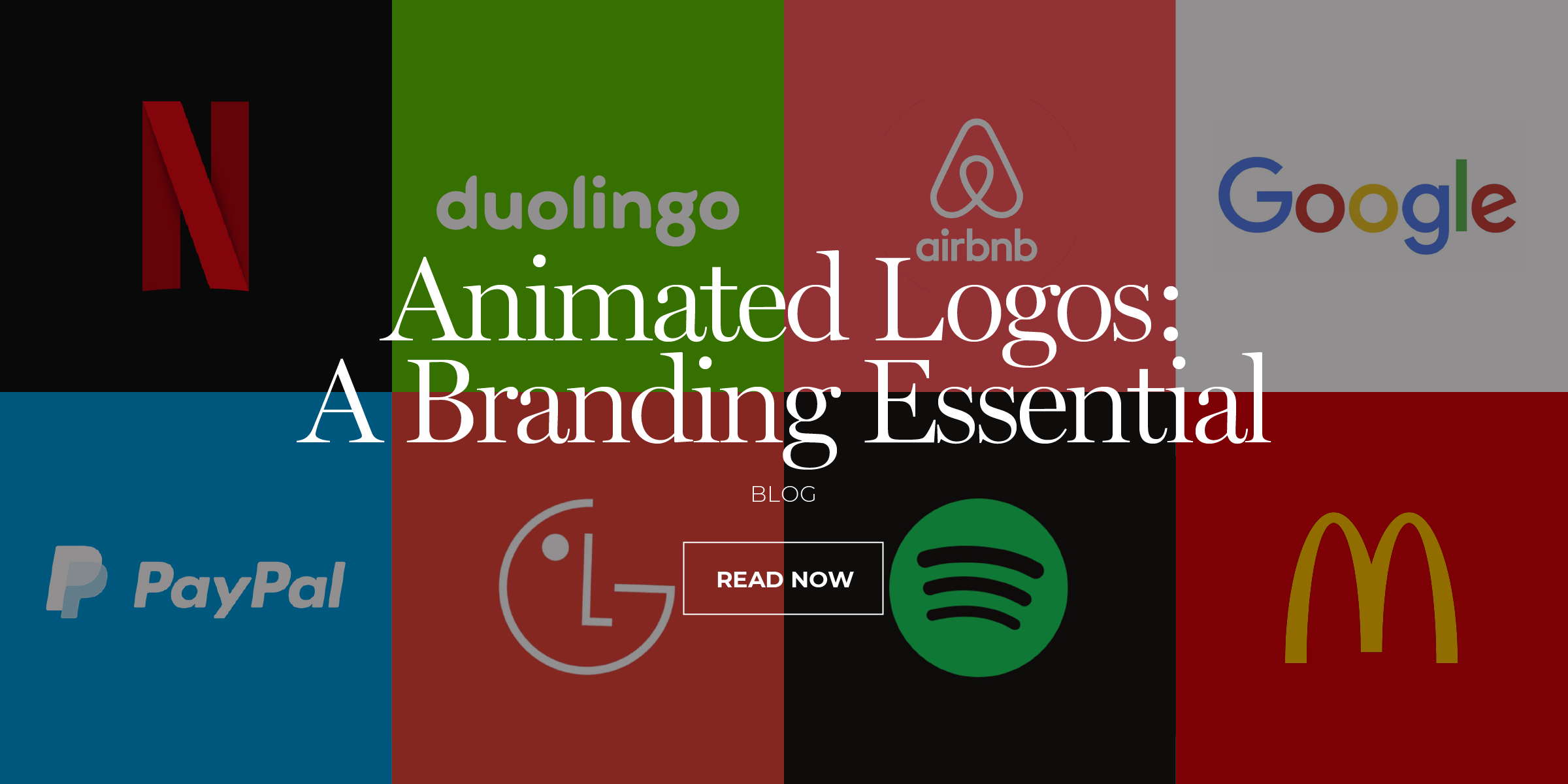The Nobody-Like Relationship
It’s easy to identify a “nobody” brand as they’re the ones you don’t remember.
Everything about it is generic; its function, the sensory experience of using it, and how it communicates with customers. As price is their differentiator, “nobody” brands are inevitably the cheapest in any given category.
Consumers are very adept at identifying these brands and choosing how and when to use them. Brands work very hard to ensure you don’t mistake their product or service for a generic.
The famous 1980’s Castrol GTX television commercials used the tagline “Oils ain’t oils” for exactly that reason.
Traditionally, supermarket home brands fitted the description of a “nobody” product and were referred to as “generics”. These products were designed to meet the minimum required utility, and typically their only USP was being the lowest priced product in the category.
Some consumers were so embarrassed to be associated with what were perceived to be poor quality products that they would decant home brand products into their own containers as soon as they got them home.
In recent years, both Woolworths and Coles have made significant changes to their “generic” products.
Woolworths has a Homebrand, which it describes as “a range of everyday household products that is great value for money.” Interestingly, however, there are actually three different “brands” in this grouping: Woolworths, Woolworths Essentials, and Woolworths Homebrand.
Coles has its own extensive range of Coles branded products along with a second tier of “Coles Finest” branded products.
In addition, both Coles and Woolworths have created numerous house brands associated with different categories.
Steven Cain, the CEO of Coles, explained their strategy for moving their own brands upmarket with a goal of having them account for 40% of their total sales by 2025.
Kmart
Standing Out from the Crowd
In 2021, despite lockdowns, retail shutdowns, and travel limitations, 92% of Australian shoppers still visited Kmart.9
It is an immensely popular brand.
Beyond that, however, in recent years Kmart has become a widely loved brand; its position as the 5th most trusted brand in Australia is one example of the regard in which it is held.10
Most trace the development of the modern Kmart brand back to 2008. It was then, nearly four decades after its launch, that Kmart’s parent company, Wesfarmers, decided to make wholesale changes to the chain in an effort to boost its poor performance.11
At the time, Kmart displayed many of the characteristics of a servant brand. The business was focused on running periodic sales, during which it greatly reduced the prices of big-name brands that were widely available at other stores. Its lack of significant unique attributes made it difficult for shoppers to form a genuine attachment to the brand.
Under the leadership of Guy Russo, Kmart took radical steps to establish uniqueness in all three of the key areas of function, sensory experience,
and communications.
Changing its focus from mainstream brands to a reduced range of lower-priced house brands that were still competitive on quality and features was central to achieving functional differentiation for the brand.
Kmart also took radical steps to provide a unique in-store sensory experience with unique store layouts that broke the traditional modes of separate departments to focus on how consumers lived their lives, e.g. putting everything to do with kitchens, from toasters to cutlery, all in the one area. The look and feel of the stores also changed with efforts made to “Make them look like Disneyland.” 13
Kmart has employed a range of strategies to ensure help make its communications with consumers stand out from those of its competitors. Key among these was a new brand positioning around low-priced products’ role in everyday life, which drove the launch of its 2019 “Low prices for life” campaign.
The new campaign featured key distinctive assets such as a relaxed, contemporary tone, branding design and music. An example of this was their partnering with Australian singer-songwriter Pete Murray and launching a new music track, ‘Everlasting Love’.15
Kmart has built a substantial social media presence by supporting influencers, who, while receiving free products, are not paid for their endorsement, and from independent and highly active “fan clubs” on Facebook and other social media channels.
These changes have ensured that Kmart is no longer perceived as a servant brand. However, Kmart has been able to move beyond “friend” to “lover” status by delivering high levels of:
Brand Satisfaction:
As noted by Choice magazine, some of Kmart’s Anko own-brand products rival or outperform big-name brands.
Brand Pleasure:
The volume of social media posting and commenting on Kmart product “hacks” is evidence of the brand pleasure that Kmart can generate
Brand Fit:
Participation in the vast online Kmart inspired communities helps reinforce the perception that Kmart can and should be a relevant and meaningful part of their lives
Personal Experience:
Beyond just visiting stores, Kmart has recently extended its customer engagement opportunities via an augmented reality (AR) app that allows shoppers to visualise Kmart products in their own homes, and an artificial intelligence (AI) chatbot that answers product-related questions and provides product recommendations.
